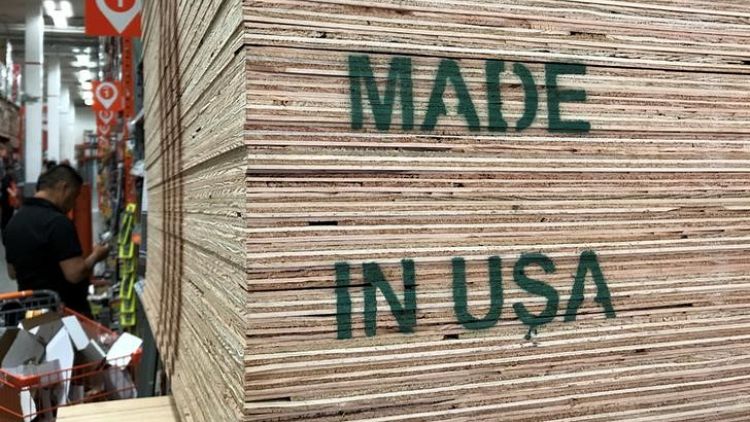By Lucia Mutikani
WASHINGTON (Reuters) - New orders for key U.S.-made capital goods fell for a second straight month in September and the goods trade deficit increased further amid rising imports, suggesting economic growth moderated in the third quarter.
But the growth pace was probably solid, with other data on Thursday showing gains in both wholesale and retail inventories last month. The economy is being underpinned by a tightening labour market, which is gradually boosting wage growth.
The Commerce Department said orders for non-defence capital goods excluding aircraft, a closely watched proxy for business spending plans, dipped 0.1 percent last month amid weakening demand for fabricated metals and electrical equipment, appliances and components.
That followed a 0.2 percent decrease in the so-called core capital goods orders in August. Economists polled by Reuters had forecast core capital goods orders rising 0.5 percent last month. Core capital goods orders increased 6.6 percent on a year-on-year basis.
Shipments of core capital goods were unchanged in September for a second straight month. Core capital goods shipments are used to calculate equipment spending in the government's gross domestic product measurement.
Business spending on equipment is slowing after growing at a brisk pace for more than a year. It was buoyed by the Trump administration's $1.5 trillion tax cut package, which included a sharp reduction in the corporate tax rate.
But lower taxes are being offset by the administration's "America First" policies, which have led to a bitter trade war between the United States and China, as well as tit-for-tat tariffs with other major trade partners.
Companies including Caterpillar Inc <CAT.N>, 3M Co <MMM.N> and Ford Motor Co <F.N> have complained about rising manufacturing costs as a result of the duties on imported steel and other raw materials.
In its Beige Book report published on Wednesday, the Federal Reserve said "manufacturers reported raising prices of finished goods out of necessity as costs of raw materials such as metals rose, which they attributed to tariffs."
TRADE DRAG
In another report on Thursday, the Commerce Department said the goods trade deficit increased 0.8 percent to $76.0 billion in September. Exports of goods rose $2.5 billion to $141.0 billion last month. They were, however, offset by a $3.1 billion increase in imports to $217.0 billion.
The anticipated drag on GDP growth from the deteriorating trade deficit is expected to be offset somewhat by an increase in inventory investment. The department said wholesale inventories rose 0.3 percent last month. Retail inventories gained 0.1 percent.
Growth estimates for the third quarter are above a 3.0 percent annualised rate. The economy grew at a 4.2 percent pace in the second quarter. The government will publish its snapshot of third-quarter GDP growth on Friday.
U.S. stock index futures were trading higher on Thursday while prices of U.S. Treasuries were lower. The dollar <.DXY> was weaker against a basket of currencies.
A third report from the Labour Department on Thursday showed initial claims for state unemployment benefits increased 5,000 to a seasonally adjusted 215,000 for the week ended Oct. 20. Claims fell to 202,000 during the week ended Sept. 15, which was the lowest level since November 1969.
Economists polled by Reuters had forecast claims rising to 214,000 in the latest week. The four-week moving average of initial claims, considered a better measure of labour market trends as it irons out week-to-week volatility, was unchanged at 211,750 last week.
The labour market is viewed as being near or at full employment, with the unemployment rate close to a 49-year low of 3.7 percent. There are a record 7.14 million open jobs in the economy, suggesting a shortage of skilled workers.
Tightening labour market conditions and a robust economy likely will keep the Fed on course to increase interest rates again in December. The U.S. central bank raised rates in September for the third time this year and removed a reference to monetary policy remaining "accommodative" from its policy statement.
(Reporting by Lucia Mutikani; Editing by Paul Simao)



